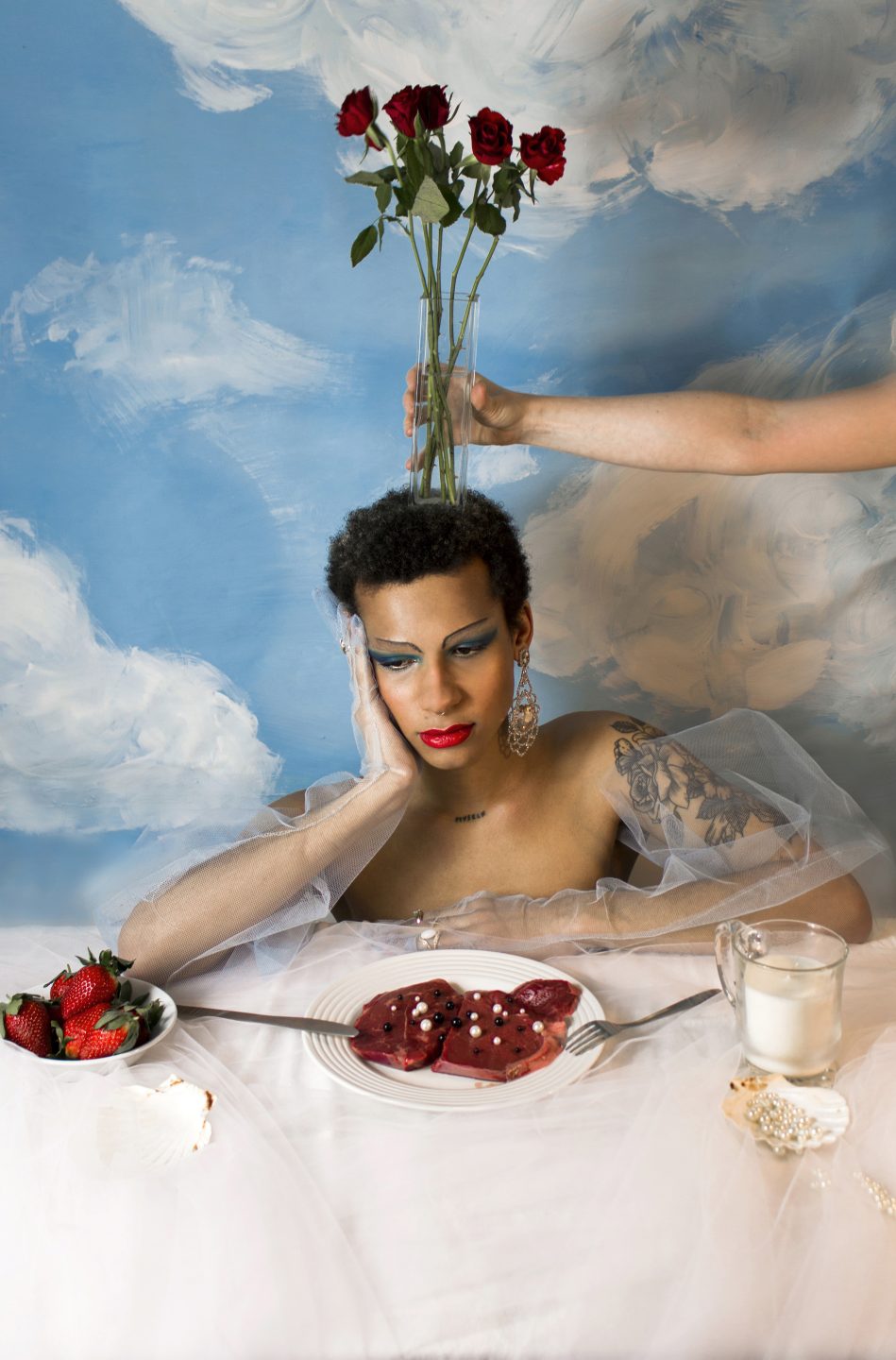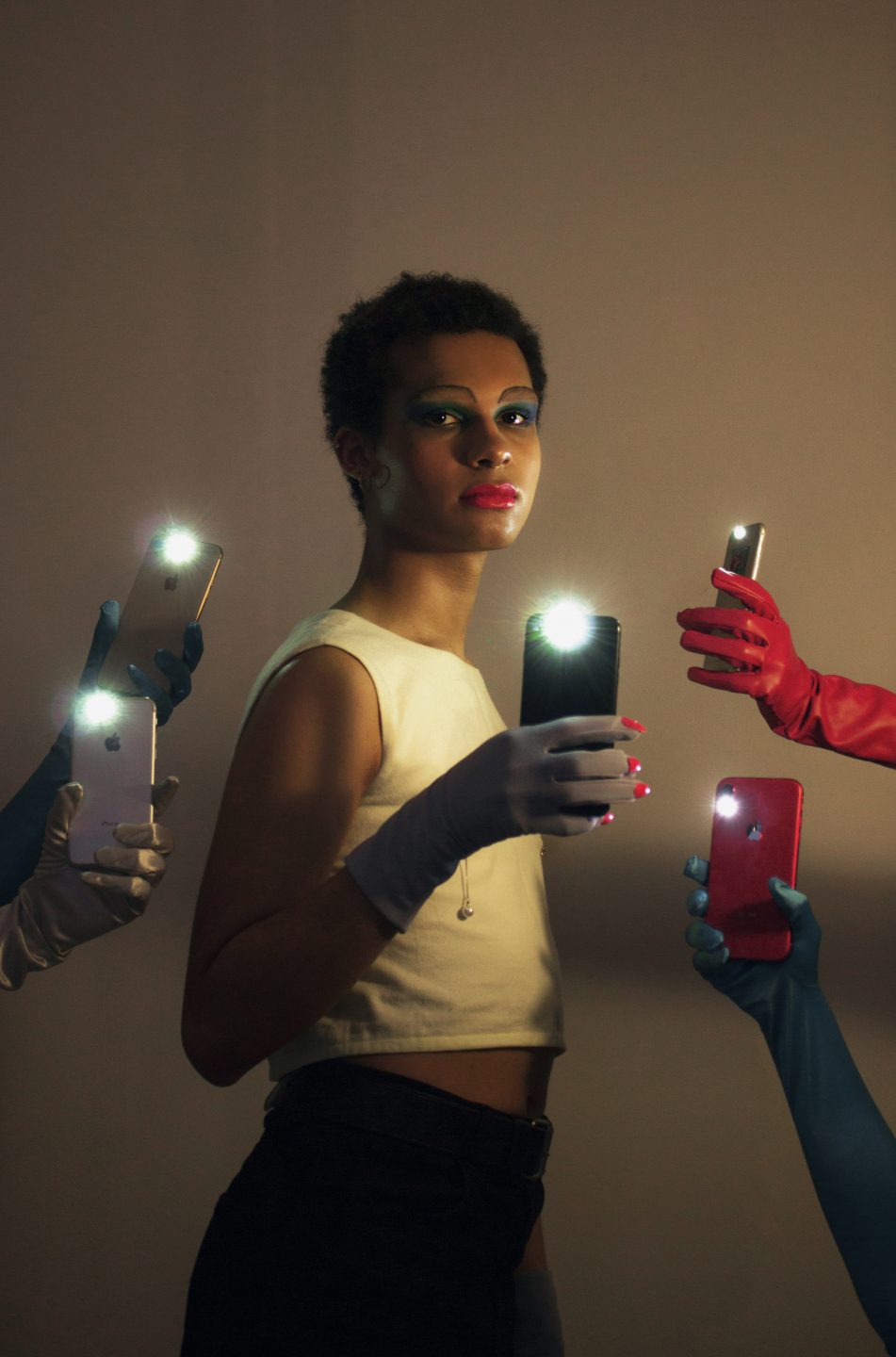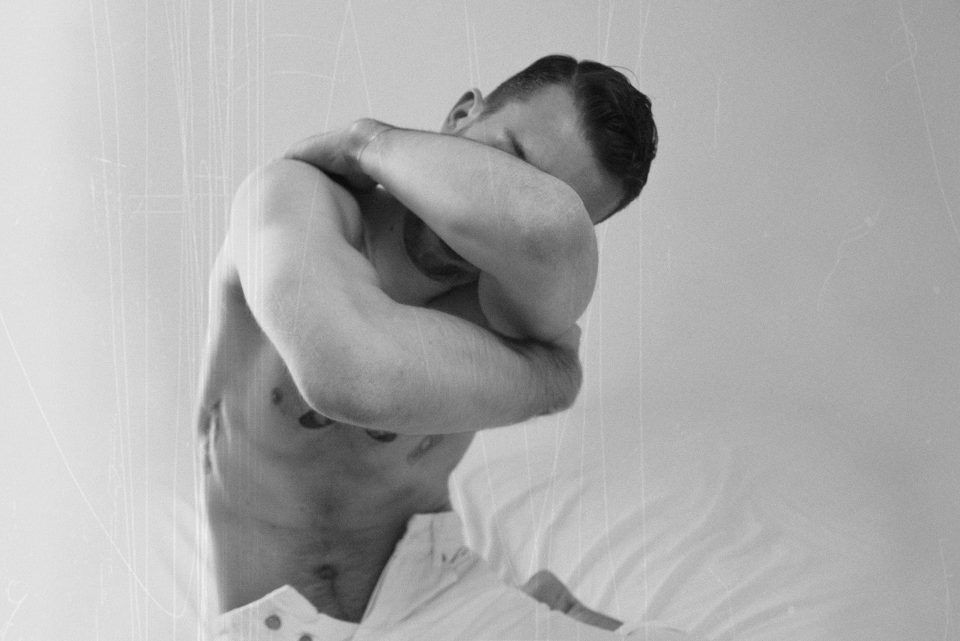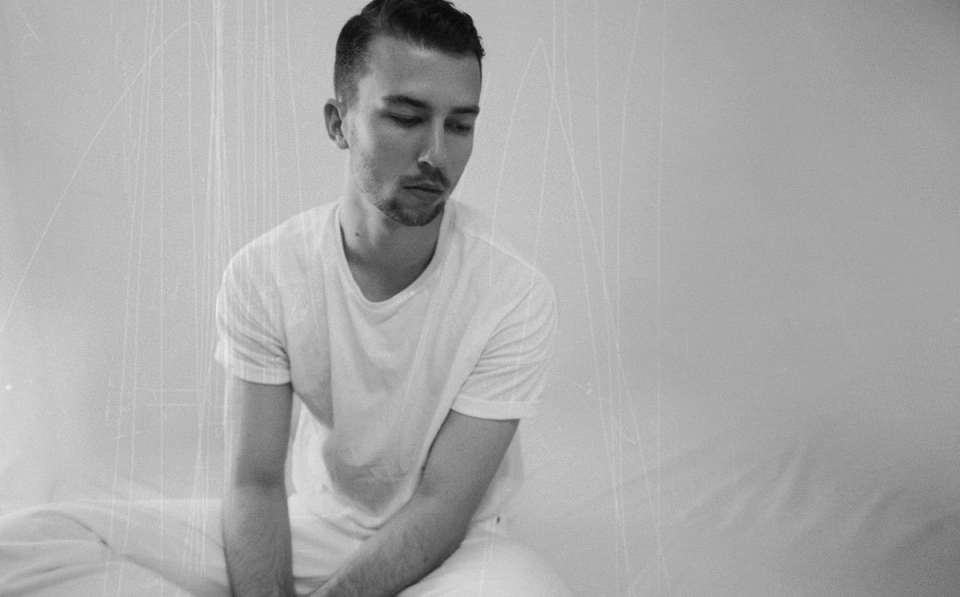
Petros Aronis, Paragraph 15, I’m leaving so I can keep you forever series 
Petros Aronis, Black Lives Matter series 
Petros Aronis, Dajana, I don’t love me like I should series
Photographers frequently produce poetical images, raw or romantic, vibrant or serene, but to some this is more than an accidental by-product of the medium. Most photographs tell a story, and for Petros Aronis (27, based in London and Athens), it takes the form of poetry rather than prose. His work takes the medium of ‘visual poetry’ to a different level, where genres blend and he is free to explore questions of identity, art and activism. Aronis has done fashion shoots for British Vogue and Kaltblut magazine but the majority of his work seems firmly to lie in the realm of art. That is, until you look closer and realise that he has made it his mission to rejects labels, to defy categorisation and to subvert social norms. There is a certain anti-bourgeois activism and desire to shock in series such as ‘Masseduction’ and ‘I’m leaving so I can keep you forever in this grief of never leaving you,’ which feature nude models in explicit positions. The titles of his series, too, include references to sex, drugs and social justice movements.
Aronis did a History of Art degree at the University of Glasgow; academic interests appear among his eclectic influences and are reflected in some of the themes of his work. Occasionally he directly quotes a famous pose, harnessing its connotations. References and influences range from Michelangelo, to Picasso and Roy Lichtenstein, but also to the movie ‘Closer’ by Mike Nichols. In Glasgow, he actively engaged in the cultural fabric of the city, participating in exhibitions and group showcases throughout his time there. Thanks to the renowned Glasgow School of Art (GSA), the contemporary art scene is dominated by current and former students. Their work has a distinct underground, alternative, and socially engaged quality. The concerns and themes of Aronis’ photography may have fit in with these ideas but his vision was already more mature, clearly defined; in exhibitions of student work, he stood out.
His personal signature is to add words – lyrics, subtitles or statements – to the bottom of his photos, which tell a story within a series. Sometimes they give the photo a different meaning, such as in ‘Vulnerability as Power’ where pictures of a nude model in nature become eerie, her loneliness almost palpable. In ‘La Femme Fatale,’ the words rather emphasize the narrative of female independence which was already there, but add a touch of humour. The recurring theme of Aronis’ work is self-exploration – both of himself, his models and the viewer. His photos are frequently about gaze: Why are you looking? Who is this person? Who are you? But in capturing the human psyche, we find Aronis examining his own psyche. In photos of others, we find portraits of the artist.
Mostly, his work confronts the viewer with the human body, over and over again. Gender theory plays an important part. Portraying genderfluid identities, highlighting the feminine and the masculine in every person (which recalls the photos of Harley Weir), body positivity, feminism: these are but a selection of the ideas he plays with. The notion that dress and identity are costumes (cleverly put in RuPaul’s famous saying that ‘we are born naked and the rest is drag’) is taken even further in his series ‘Body as Costume’ and ‘Paradiso’. If even the body is a costume, then perhaps there is no such thing as ‘identity.’ If we unpack the body, is anything even left underneath? The performativity of makeup is mobilised to function as a first defensive layer. In Aronis’ photographs, makeup embellishes and disguises, helps the model stand out or blend in with their surroundings. Curiously, red lips sometimes feature as the only part of the ‘costume’ which seem to belong to the person.

Petros Aronis, Paradiso series 
Petros Aronis, Paradiso series 
Petros Aronis, Death of a Disco Dancer, Body as Costume series
His work is sensual, physical. It expresses a fascination with the body, with nudity, with skin: the highly intimate portraits he creates show vulnerable people. Yet he reminds us that in our vulnerability we are strong. The ongoing project ‘I don’t love me like I should’ is his most powerful expression of this belief. Each series of photographs within this project features a single model (often a friend), undressed and unadorned, and celebrates them. This also demonstrates clearly how deliberate the glimpses we see of the artist in his other work are – he lets us when he chooses. Aronis is similarly vulnerable in his self-portraiture, for example in ‘A Tale of Sorrow, II: The Middle.’ This series of fragmented, black and white photos of his own body expresses loss, isolation, and rejection. At the end of the series the same contemplative portrait of Aronis is repeated nine times, each image more faded, until eventually all that is left is a white space. This form of self-erasure is perhaps the clearest example of his visual poetry: these photos speak so loudly that you can almost hear them.

Petros Aronis, A Tale of Sorrow II: The Middle series 
Petros Aronis, Fading Away, A Tale of Sorrow II: The Middle series
You can see more of Petros Aronis’ photography (including complete series) on his website: www.petrosaronis.com
Or follow him on instagram: @petrosaronis